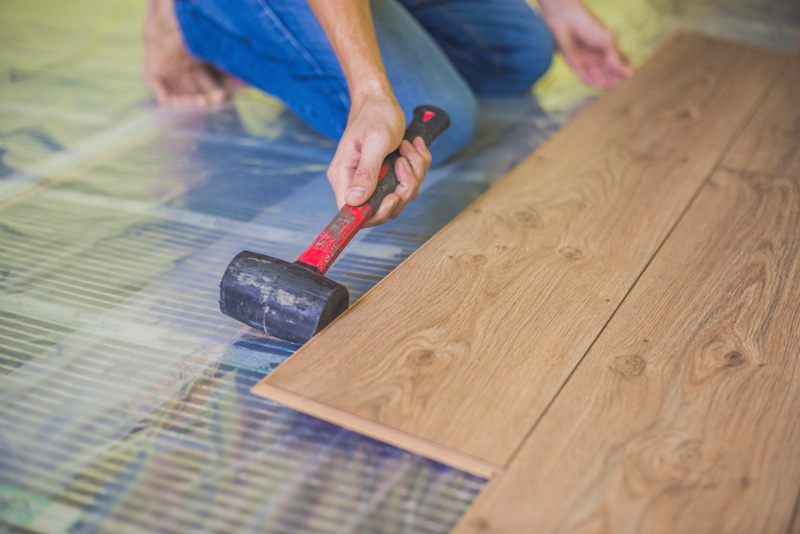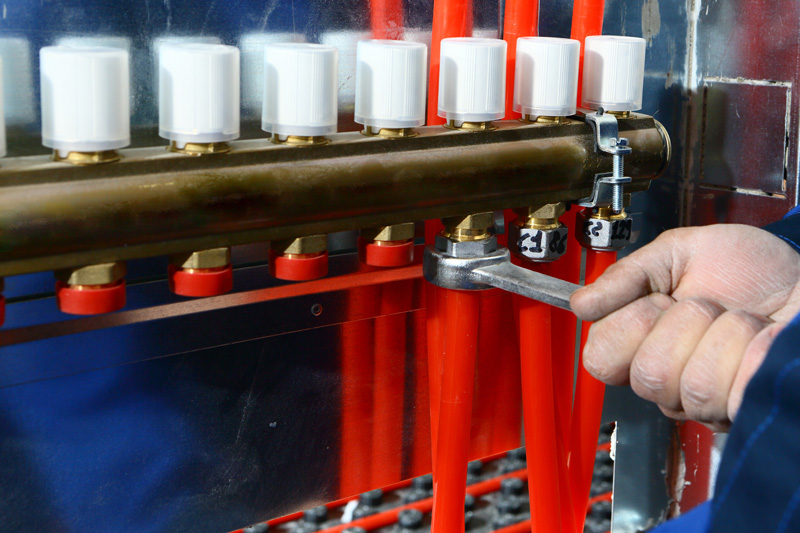For decades, in-floor radiant heating systems have been extensively used in Europe. Many people that have chosen a radiant heating system are aware of how comfortable, quiet and cost-effective radiant heat is to operate.
Yet, with poor design and installation of a radiant heat system, certain areas of your home may be cold, while others are hot. To ensure that your system will maintain a comfortable and uniform temperature, professional design and installation by a qualified in-floor radiant heating expert is advisable.
With radiant heat, uneven circuit lengths, insufficient tube size, improper tubing depths, and poor circuit layout can all affect individual areas, but the most common problem with an in-floor radiant heating system stems from not properly positioning or installing bend protectors.

Considering Zoning
In larger homes or buildings, it is quite common to break down a radiant heating system into three or more zones, each one providing a comfortable interior temperature control. The proper zoning of a heating element, such as in-floor radiant heat, must take into consideration the size of zones, positioning of zones, direction the room faces, as well as the location of the thermostats for each individual zone.
Similar to all construction, it becomes vitally important to coordinate the trades so that problems are avoided. With an in-floor radiant heating system, your radiant heat contractor may have designed the system properly. However, the concrete contractor pouring the slab may damage or adversely affect the performance of the system. As well, many lackadaisical radiant heat installation teams don’t take the proper care to do a suitable job.

The Importance of Bend Protectors
If there is a crimp or blockage, it will affect the flow of fluid through your radiant heat line. A crimp will restrict the flow of fluid in the radiant heat tubing and the section of floor following the crimp would not get enough fluid to heat up properly, thus keeping it colder than the other.
This is why bend protectors become so important. Any time your radiant heat tubing needs to make a sharp turn, the bend becomes vulnerable. It’s the bend protectors that safeguards the radiant heat tubes from kinking and ensures that water can continuously flow through them.
Another point to consider: if your radiant heat lines are not well supported prior to the pouring of the concrete, or are sagging between supports, then the thickness of concrete above the lines will vary resulting in a non-uniform heat distribution.
When radiant heat is installed properly, bend protectors will eliminate many of the problems associated with cold and hot spots.